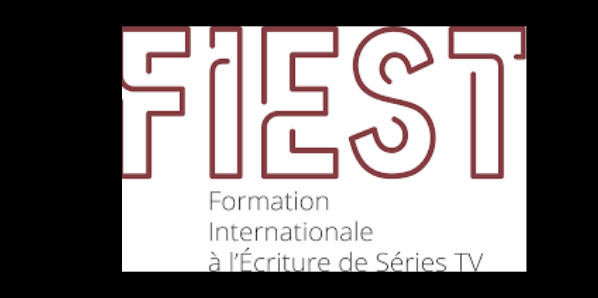
Ecrire une série TV : éléments clef
Description
Le MOOC inclut 5 leçons vidéo et 5 cas d’étude sélectionnés au sein des modules e-learning de la formation FIEST :
- Leçon n. 1: La dynamique unitaire des épisodes
- Leçon n. 2: Le genre et la thématique de la série
- Leçon n. 3: L'originalité de la série
- Leçon n. 4: Le personnage et son contexte: l’arène
- Leçon n. 5: Le format: concepts généraux
- Cas d’étude 1: Stefano Bises (auteur de la série “Gomorra”) - “Créativité en série et construction des antihéros”
- Cas d’étude 2: Carlo degli Esposti (producteur de la série “Montalbano”) - “Aspects productifs”
- Cas d’étude 3: Salvatore De Mola (scénariste de la série “Montalbano”) - “Adaptation du roman à la télévision”
- Cas d’étude 4: Carla Singer (productrice de la série “Murder she wrote”) - “La production de la sérialité télévisée aux États-Unis”
- Cas d’étude 5: Pierre Block de Friberg (Directeur des nouveaux contenus et de l’innovation à France télévisions) - “Les web-series”
Course format
Didactic materials available on the platform.
If you have enjoyed the MOOCs experience, you can transform it into an actual asset for your academic and professional career: by enrolling in the corresponding UNINETTUNO university course, you will be included into a class and have the support of a tutor who will guide you along your learning path; you will be able to participate in a course delivery cycle, interact with professors and tutors in real time in UNINETTUNO virtual classrooms on the Web (on live streaming) or in UNINETTUNO Island of Knowledge on Second Life; the tracking of your activities on the MOOCs will be recorded and you will be acknowledged as an attending student and will be able to sit for the exam that will allow UNINETTUNO to officially assign you – in case of success – the university study credits corresponding to the selected courses, based on the Credits (European Credits Transfer System) - European Credit Transfer System, recognised by the Italian and by EU universities.
Information
| Language |
French |
|
|
Yes |
| Hours of study | 150 hours |
| EQF-Level | EQF level 6 - Bachelor's Degree |
|
|
Open license: (re-)use it |
|
|
Free admittance |
|
|
Free of charge |
|
|
Learn anywhere online |
|
|
Quality assured |
| Massive | Massive |
| Full Course Experience | Full course experience |
| Provider | OpenupEd |
Le MOOC inclut 5 leçons vidéo et 5 cas d’étude sélectionnés au sein des modules e-learning de la formation FIEST :
- Leçon n. 1: La dynamique unitaire des épisodes
- Leçon n. 2: Le genre et la thématique de la série
- Leçon n. 3: L'originalité de la série
- Leçon n. 4: Le personnage et son contexte: l’arène
- Leçon n. 5: Le format: concepts généraux
- Cas d’étude 1: Stefano Bises (auteur de la série “Gomorra”) - “Créativité en série et construction des antihéros”
- Cas d’étude 2: Carlo degli Esposti (producteur de la série “Montalbano”) - “Aspects productifs”
- Cas d’étude 3: Salvatore De Mola (scénariste de la série “Montalbano”) - “Adaptation du roman à la télévision”
- Cas d’étude 4: Carla Singer (productrice de la série “Murder she wrote”) - “La production de la sérialité télévisée aux États-Unis”
- Cas d’étude 5: Pierre Block de Friberg (Directeur des nouveaux contenus et de l’innovation à France télévisions) - “Les web-series”
Didactic materials available on the platform.
If you have enjoyed the MOOCs experience, you can transform it into an actual asset for your academic and professional career: by enrolling in the corresponding UNINETTUNO university course, you will be included into a class and have the support of a tutor who will guide you along your learning path; you will be able to participate in a course delivery cycle, interact with professors and tutors in real time in UNINETTUNO virtual classrooms on the Web (on live streaming) or in UNINETTUNO Island of Knowledge on Second Life; the tracking of your activities on the MOOCs will be recorded and you will be acknowledged as an attending student and will be able to sit for the exam that will allow UNINETTUNO to officially assign you – in case of success – the university study credits corresponding to the selected courses, based on the Credits (European Credits Transfer System) - European Credit Transfer System, recognised by the Italian and by EU universities.
2. Click 'start upload'
3. Set the crop settings by clicking on four arrows icon.
4. Drag the crop area and zoom or rotate the image if needed.


- 0


